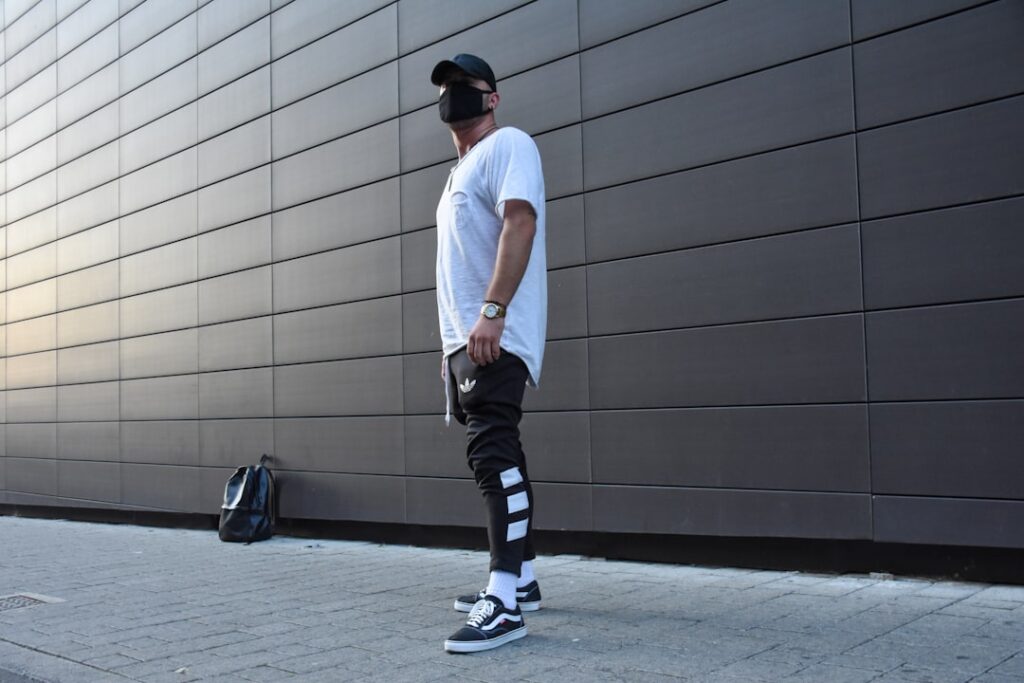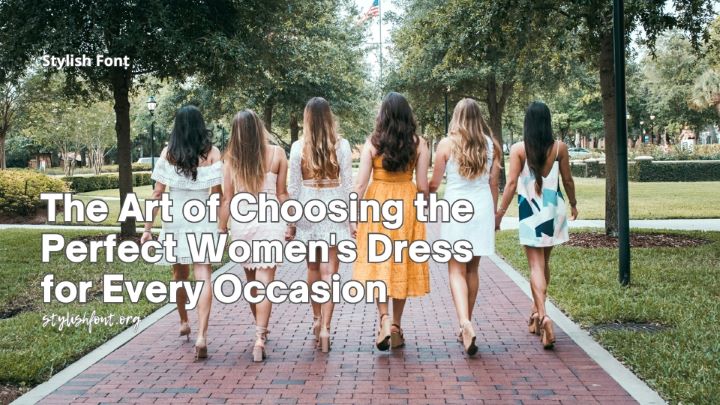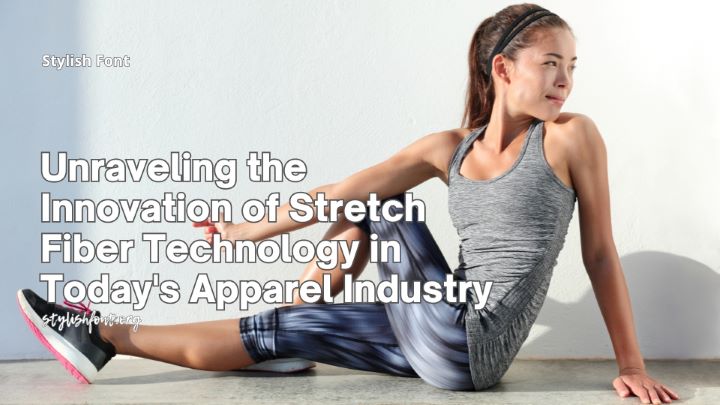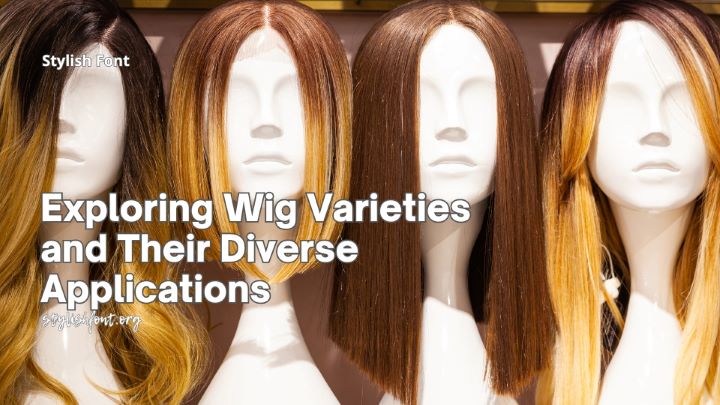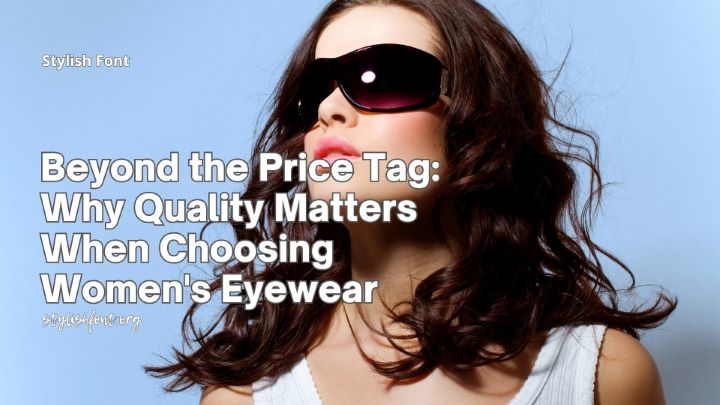Adaptive fashion has undergone a remarkable transformation over the years, evolving from a niche market into a vibrant and essential segment of the fashion industry. Initially, clothing designed for individuals with disabilities was often characterized by its lack of style and limited options. These garments were primarily functional, focusing on ease of wear rather than aesthetics.
However, as societal attitudes towards disability began to shift, so too did the approach to adaptive clothing. Designers started to recognize that individuals with disabilities deserve the same level of style and self-expression as anyone else, leading to a burgeoning movement that prioritizes both function and fashion. In recent years, the evolution of adaptive fashion has been propelled by a growing awareness of inclusivity and diversity within the fashion industry.
Major brands and independent designers alike have begun to embrace the idea that clothing should cater to all bodies, regardless of ability. This shift has been fueled by advocacy from individuals and organizations that champion the rights of people with disabilities. As a result, adaptive fashion has expanded to include a wide range of styles, materials, and designs that not only accommodate physical needs but also reflect personal taste and identity.
The evolution of adaptive fashion is not just about clothing; it represents a broader cultural change towards acceptance and celebration of diversity.
Key Takeaways
- Adaptive fashion has evolved to cater to individuals with diverse physical abilities and needs, promoting inclusivity and accessibility in the fashion industry.
- Adaptive fashion is breaking down barriers by challenging traditional norms and creating clothing that is functional, stylish, and inclusive for all body types.
- The principles of adaptive fashion focus on the intersection of style and function, ensuring that clothing is not only fashionable but also practical for individuals with disabilities.
- Inclusive design in adaptive fashion is catering to a diverse range of bodies, embracing different shapes, sizes, and abilities to create clothing that meets various needs.
- Technology has had a significant impact on adaptive fashion, leading to innovative designs and solutions that enhance accessibility and comfort for individuals with disabilities.
Breaking Down Barriers: How Adaptive Fashion is Changing the Industry
Breaking Down Barriers
Historically, the fashion industry has often excluded individuals with disabilities, showcasing a limited definition of what is considered fashionable. However, adaptive fashion is redefining these standards by featuring diverse models and promoting designs that cater to various needs.
Fostering Inclusivity and Innovation
This shift is not only empowering for individuals with disabilities but also enriching for the industry as a whole. Adaptive fashion encourages creativity and innovation in design, leading to a more inclusive environment within the industry. By working together, designers, brands, and advocacy groups can share insights and experiences that inform better design practices.
Paving the Way for a More Inclusive Industry
The collaborative spirit of adaptive fashion is essential for dismantling stereotypes and misconceptions about disability, allowing for a more nuanced understanding of the diverse experiences of individuals with disabilities. As adaptive fashion continues to gain traction, it is paving the way for a more inclusive industry that values all voices and perspectives.
The Intersection of Style and Function: The Principles of Adaptive Fashion

At its core, adaptive fashion operates at the intersection of style and function, where practicality meets aesthetic appeal. The principles guiding this innovative approach emphasize the importance of creating clothing that not only serves a purpose but also allows individuals to express their unique identities. Designers are increasingly focusing on features such as adjustable closures, sensory-friendly fabrics, and easy-to-wear silhouettes that cater to specific needs while maintaining a fashionable edge.
Additionally, adaptive fashion encourages creativity in design by incorporating elements that enhance both usability and style. For instance, garments may include hidden openings for medical devices or be constructed with materials that are easy to clean and maintain. This thoughtful integration of function into stylish designs ensures that individuals with disabilities can enjoy clothing that meets their practical requirements without sacrificing their sense of self-expression.
As adaptive fashion continues to evolve, it remains committed to blending these two essential aspects, ultimately redefining what it means to be fashionable.
Inclusive Design: How Adaptive Fashion is Catering to a Diverse Range of Bodies
| Adaptive Fashion Brand | Target Audience | Key Features |
|---|---|---|
| Tommy Adaptive | People with disabilities | Magnetic closures, adjustable hems |
| ASOS Design | Various body types | Adaptive clothing line |
| IZ Adaptive | Wheelchair users | Seated fit, adjustable waistbands |
Inclusive design is a fundamental principle of adaptive fashion, ensuring that clothing caters to a diverse range of bodies and abilities. This approach recognizes that every individual has unique needs and preferences, which should be reflected in the clothing they wear. Designers are increasingly adopting inclusive practices by creating garments that accommodate various body shapes, sizes, and mobility challenges.
This shift not only enhances accessibility but also promotes body positivity and self-acceptance among individuals who may have previously felt excluded from mainstream fashion. Furthermore, inclusive design in adaptive fashion extends beyond mere functionality; it also embraces cultural diversity and personal expression. Designers are drawing inspiration from various cultures and communities to create collections that resonate with a broader audience.
By celebrating this diversity in design, adaptive fashion fosters a sense of belonging among individuals who may have felt marginalized in traditional fashion spaces. As the industry continues to embrace inclusive design principles, it is paving the way for a more equitable future where everyone can find clothing that reflects their identity and meets their needs.
The Impact of Technology on Adaptive Fashion
Technology plays a pivotal role in shaping the future of adaptive fashion, driving innovation and enhancing accessibility in ways previously unimaginable. Advances in textile technology have led to the development of new materials that are not only functional but also stylish. For example, fabrics that are moisture-wicking or temperature-regulating can significantly improve comfort for individuals with specific needs.
Additionally, 3D printing technology is revolutionizing the way garments are produced, allowing for customized designs that cater to individual preferences and requirements. Moreover, technology is facilitating greater awareness and visibility for adaptive fashion through digital platforms and social media. Brands can now reach wider audiences by showcasing their collections online, while influencers and advocates are using their platforms to promote inclusive fashion narratives.
This increased visibility is crucial for changing perceptions about disability in the fashion industry and encouraging more brands to invest in adaptive lines. As technology continues to advance, it will undoubtedly play an integral role in shaping the future landscape of adaptive fashion.
Empowering Individuals: The Psychological Effects of Adaptive Fashion

Confidence and Self-Expression
The ability to express oneself through fashion can be transformative, allowing individuals to showcase their personalities and feel more connected to their communities. By having access to clothing that meets their needs, individuals with disabilities can finally feel seen and heard, and express themselves in a way that is authentic and meaningful to them.
Fostering a Sense of Belonging
Adaptive fashion also fosters a sense of belonging among individuals who may have felt isolated due to their disabilities. By promoting inclusivity and representation within the industry, adaptive fashion helps break down societal barriers and encourages acceptance of diverse identities. This sense of community can be incredibly empowering for individuals with disabilities, as they see themselves reflected in the designs they wear.
Empowerment Through Fashion
Ultimately, adaptive fashion serves as a powerful tool for self-expression and empowerment, reinforcing the idea that everyone deserves to feel confident and stylish. By providing individuals with disabilities the opportunity to express themselves through fashion, adaptive fashion helps to promote a more inclusive and accepting society, where everyone can feel valued and empowered.
The Role of Advocacy in Promoting Adaptive Fashion
Advocacy plays a crucial role in promoting adaptive fashion by raising awareness about the needs and rights of individuals with disabilities within the fashion industry. Organizations dedicated to disability rights are working tirelessly to ensure that adaptive clothing is not only available but also celebrated as an essential part of contemporary fashion. These advocates are instrumental in challenging stereotypes and misconceptions about disability while pushing for greater representation in media and marketing campaigns.
Moreover, advocacy efforts have led to increased collaboration between designers, brands, and disability organizations. By fostering these partnerships, advocates are helping to create a more inclusive environment where diverse voices are heard and valued. This collaborative approach is essential for driving meaningful change within the industry and ensuring that adaptive fashion continues to evolve in ways that truly reflect the needs of individuals with disabilities.
As advocacy efforts gain momentum, they are paving the way for a more equitable future in which everyone can enjoy fashionable clothing that meets their unique requirements.
The Business of Adaptive Fashion: Opportunities and Challenges
The business landscape surrounding adaptive fashion presents both opportunities and challenges for designers and brands alike. On one hand, there is a growing demand for inclusive clothing options as consumers become more aware of the importance of representation in fashion. This demand creates opportunities for brands to tap into an underserved market while also fostering loyalty among customers who appreciate their commitment to inclusivity.
However, challenges remain in terms of production costs and market reach. Designing adaptive clothing often requires additional resources for research and development, which can be a barrier for smaller brands looking to enter the market. Additionally, there may be misconceptions about the profitability of adaptive lines among larger companies hesitant to invest in this space.
Overcoming these challenges will require collaboration between stakeholders across the industry to create sustainable business models that prioritize inclusivity while remaining financially viable.
The Future of Adaptive Fashion: Trends and Innovations
The future of adaptive fashion is bright, characterized by trends and innovations that prioritize inclusivity while embracing creativity. One notable trend is the rise of customizable clothing options that allow individuals to tailor garments according to their specific needs and preferences. This shift towards personalization not only enhances functionality but also empowers consumers to express their unique identities through their clothing choices.
Additionally, sustainability is becoming an increasingly important consideration within the realm of adaptive fashion. As consumers become more conscious of environmental issues, brands are exploring eco-friendly materials and production methods that align with their values while catering to diverse needs. This commitment to sustainability reflects a broader trend within the fashion industry towards responsible practices that benefit both people and the planet.
As these trends continue to evolve, they will undoubtedly shape the future landscape of adaptive fashion.
Celebrating Diversity: The Representation of Adaptive Fashion in Media and Fashion Shows
The representation of adaptive fashion in media and fashion shows has made significant strides in recent years, reflecting a growing commitment to celebrating diversity within the industry. Major fashion events are increasingly featuring models with disabilities on runways, showcasing adaptive designs alongside traditional collections. This visibility is crucial for challenging stereotypes about disability while promoting inclusivity as a standard rather than an exception.
Moreover, media coverage surrounding adaptive fashion has expanded significantly, highlighting innovative designers and brands dedicated to creating stylish clothing for individuals with disabilities. By amplifying these voices and stories, media outlets play an essential role in reshaping public perceptions about disability in fashion. As representation continues to improve across various platforms, it fosters a culture of acceptance and appreciation for diversity within the industry.
How You Can Support the Adaptive Fashion Movement
Supporting the adaptive fashion movement involves both individual actions and collective efforts aimed at promoting inclusivity within the industry. Consumers can make a difference by seeking out brands that prioritize adaptive designs or advocating for greater representation in mainstream fashion. By choosing to support companies committed to inclusivity, individuals can help drive demand for stylish clothing options that cater to diverse needs.
Additionally, raising awareness about adaptive fashion through social media or community events can further amplify its importance within society. Engaging in conversations about disability rights and advocating for inclusive practices can contribute to meaningful change within the industry. Ultimately, supporting the adaptive fashion movement requires a collective commitment to celebrating diversity while ensuring that everyone has access to fashionable clothing that meets their unique requirements.
FAQs
What is adaptive fashion?
Adaptive fashion refers to clothing and accessories designed specifically for people with disabilities or those who have difficulty dressing themselves. These garments are created with features such as easy closures, adjustable sizing, and other modifications to make dressing and undressing easier for individuals with physical limitations.
What are some common features of adaptive fashion?
Common features of adaptive fashion include magnetic or Velcro closures, adjustable waistbands, side openings, and other modifications that make it easier for individuals with disabilities to put on and take off clothing. Additionally, adaptive fashion may also include designs that accommodate medical devices or prosthetics.
Who benefits from adaptive fashion?
Adaptive fashion benefits individuals with disabilities, chronic illnesses, or mobility limitations that make it difficult to wear traditional clothing. This includes people with conditions such as arthritis, paralysis, amputations, and other physical challenges that affect their ability to dress themselves independently.
Where can adaptive fashion be purchased?
Adaptive fashion can be purchased from specialized retailers that cater to individuals with disabilities, as well as from mainstream clothing brands that offer adaptive clothing lines. Additionally, some adaptive fashion items can be found online through e-commerce platforms and specialty websites.
How is adaptive fashion different from traditional fashion?
Adaptive fashion differs from traditional fashion in that it is specifically designed to meet the unique needs of individuals with disabilities. While traditional fashion focuses on style and trends, adaptive fashion prioritizes functionality and ease of use for people with physical limitations.

